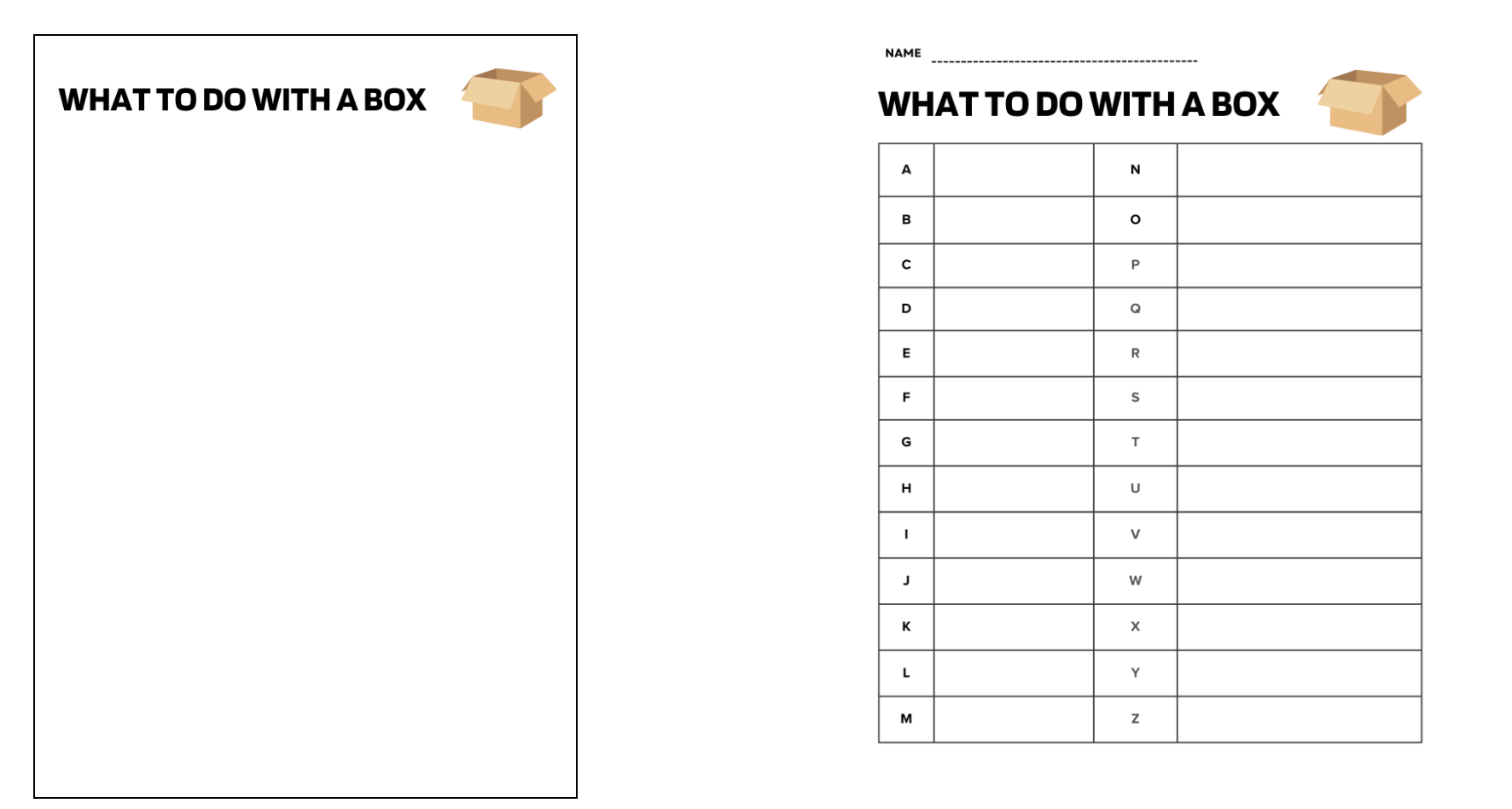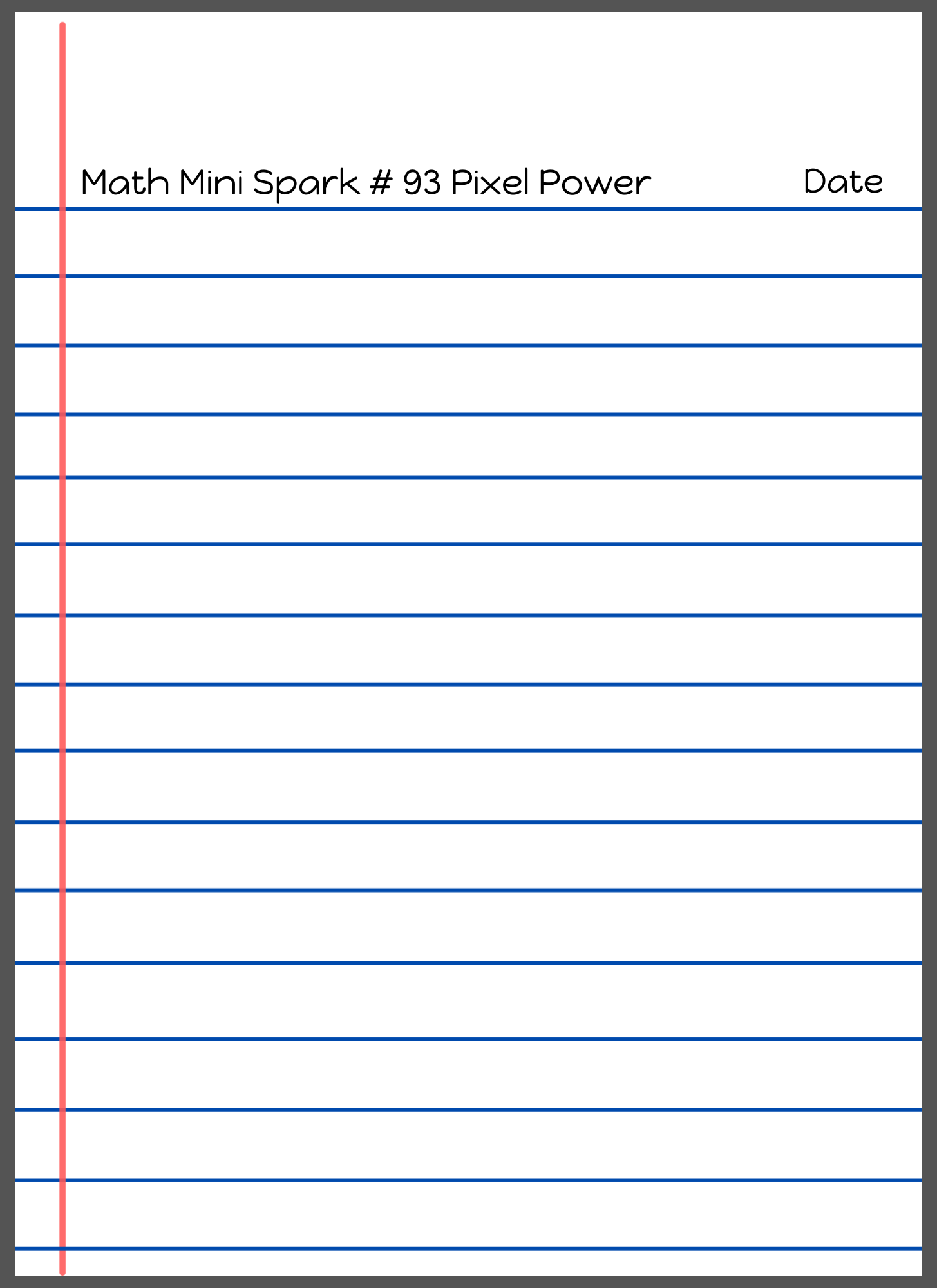
In an era when the threats to our environment were largely overlooked, marine biologist and author Rachel Carson courageously called on the US government to step up and safeguard both its citizens and the planet. Her passionate advocacy illuminated the urgent need for environmental protection and inspired a movement that would change how we view our relationship with nature.
Spark your thinking!
1. Set up your science mini spark recording page: #23: Rachel Carson
2. Watch this intro video to learn about Rachel Carson. Record 3 of her accomplishments on your recording sheet.
3. Read about DDT and record 3 details on your recording sheet.
4. Read this Silent Spring book summary. On your recording page choose TWO of these questions to answer in two sentences or more. Reminder for your teacher that the answer key can be found in the science mini spark folder.
- What evidence does Rachel Carson provide to support her claim that the introduction of chemicals is making the earth unfit for life?
- How does Carson differentiate between the effects of inorganic chemicals used before World War II and the chemical pesticides introduced later? What implications does this have for pest control practices?
- In what ways does Carson suggest that the interaction of multiple chemicals can increase cancer hazards in polluted waters? Analyze how this complexity affects public health policies.
- Carson discusses the destruction of beneficial biological species due to chemical treatment of soils. What are the potential long-term ecological consequences of this destruction?
- How does Carson’s notion of “delayed physiological symptoms” challenge the traditional understanding of safety regarding pesticide exposure? Provide examples from the text to support your analysis.
- What criticisms does Carson raise about the government’s role in pesticide regulation and public safety? How does her perspective reflect broader concerns about environmental governance?
5. Share your science mini spark recording page with your teacher/EY coordinator.



 Möbius strip, a one-sided surface that can be constructed by affixing the ends of a rectangular strip after first having given one of the ends a one-half twist.
Möbius strip, a one-sided surface that can be constructed by affixing the ends of a rectangular strip after first having given one of the ends a one-half twist.







 Explore the engineering innovations that made the construction of Burj Khalifa, the world’s tallest skyscraper, possible. Notably, it stands at a height of 828 meters (2,717 feet) and features a unique Y-shaped design that enhances stability and reduces wind forces.
Explore the engineering innovations that made the construction of Burj Khalifa, the world’s tallest skyscraper, possible. Notably, it stands at a height of 828 meters (2,717 feet) and features a unique Y-shaped design that enhances stability and reduces wind forces.